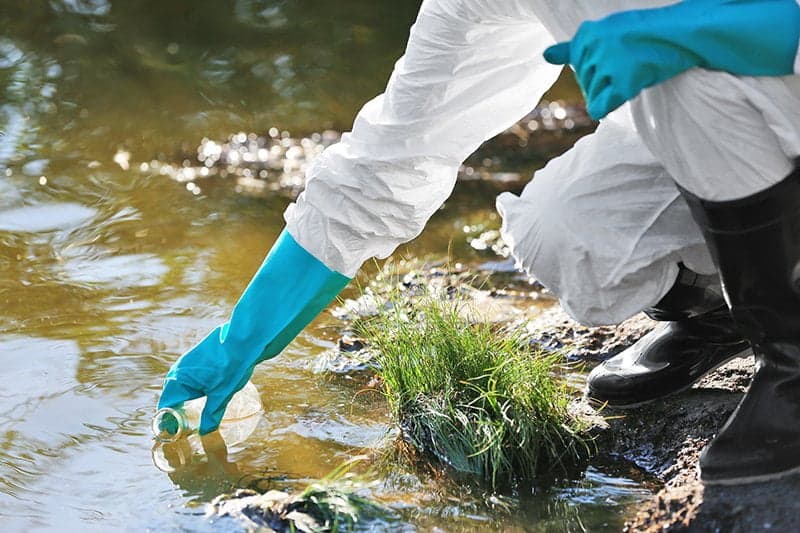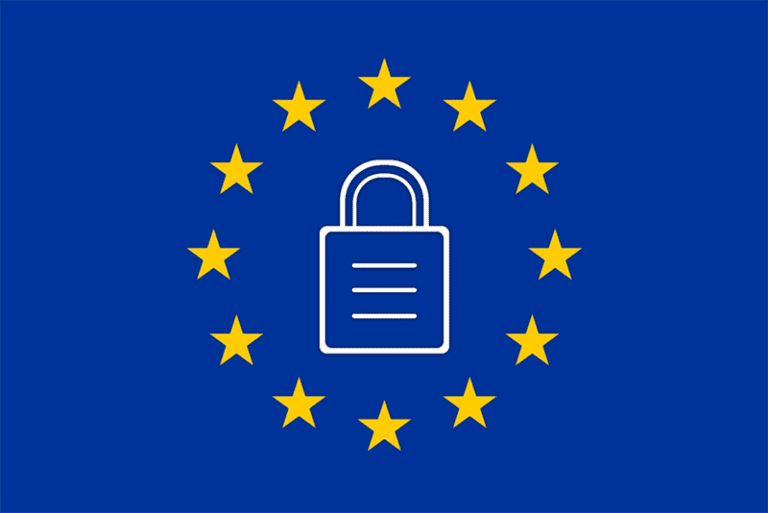What things come to mind when you hear the words regulatory environmental compliance ?
For most of us, the three words -regulatory environmental compliance – can sometimes lead to a dry topic from day-to-day organizational operations. That is, until an incident occurs that raises questions of why it happened and why it was not proactively mitigated. This can become a larger problem to manage, especially in the environmental and industrial sectors, where any negative impacts reflect poorly organizations. When this reaches a crisis point, the high price of environmental consequences, incompliance, and safety failures highlight the value of improving overall environmental, health and safety (EHS) performance.
Table of Contents
ToggleExploring new opportunities
Mitigating risks can be a challenge, yet with the opportunities to explore new technologies and systems, achieving a higher standard of effective operational risk management will transform organizational environmental operations on every level.
Implementing EHS and management systems enables companies to manage concerns regarding data transparency, based on the rising expectations that it should be easily understood, and the increasing importance of stricter compliance measures. In a study conducted by PwC, institutional investors were asked how satisfied they were with the information available on sustainability and found that 82 percent were not satisfied with how risks and opportunities are documented and reported. With such a high dissatisfaction rate among key stakeholders, organizations incur further risks of mismanagement and greater barriers to compliance with environmental regulations, sampling processes and data management.
Don’t fall behind – automate
Companies that remain hesitant or reluctant to automate EHS processes are more likely to look at both risk mitigation and escalating compliance requirements to justify the investment. Yet harnessing the transformative power of emerging technologies enables organizations to stay on top of industry trends and gain a competitive edge; which is something everyone in every industry desires.
Keeping up with the latest legislation, acts, and compliance structures can be overwhelming yet are necessary to maintaining an organizational integrity. Staying on track with current mechanisms to prevent unnecessary issues (or worse, crises) should be seen as a proactive measure of operating instead of an “ticking off boxes” exercise to satisfy regulatory environmental compliance.
Automating EHS business processes reduces the risks of data duplication, data entry errors, and missing compliance targets; so why wouldn’t you want to implement something that is designed to improve your compliance management and operations? This leaves room, through the process of change management, to evolve from a mindset of only mitigating risks to effectively managing growth; organizational growth can encourage everyone to embrace new technologies and give a new meaning to regulatory environmental compliance.
You can read more about Environmental Management Systems here
Information from GreenBiz.





